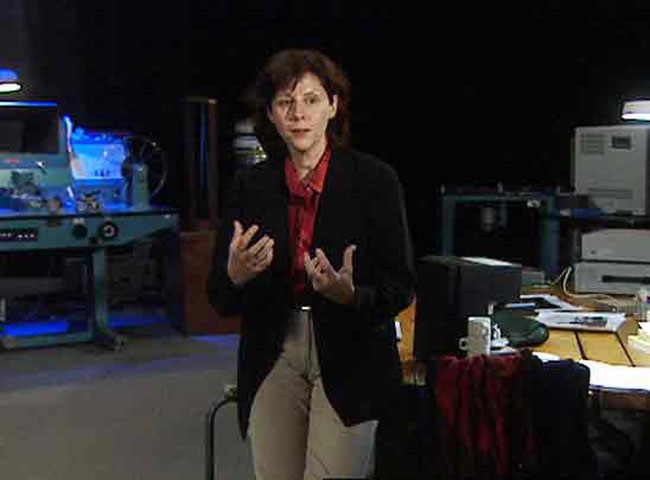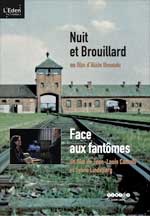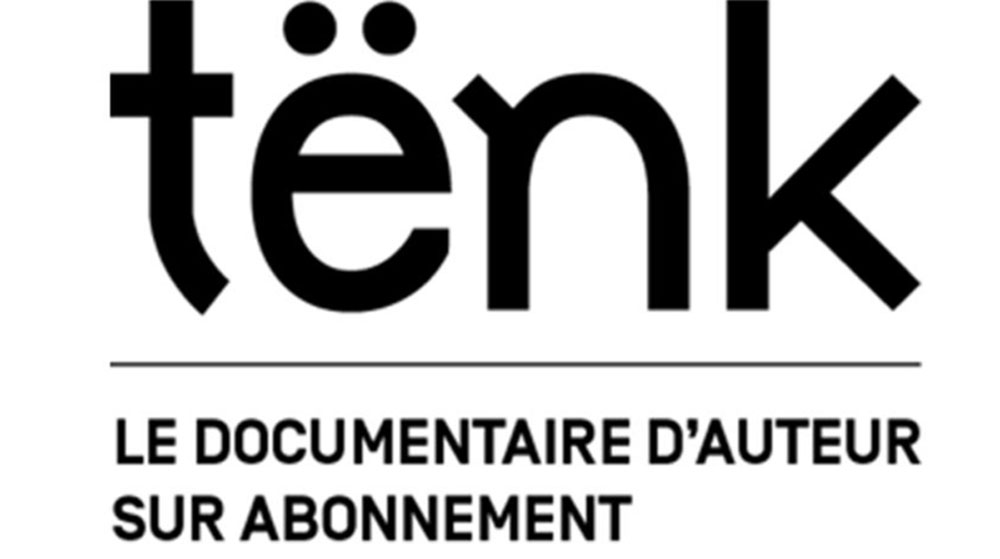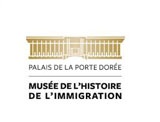Face aux fantômes
-
Réalisé par Jean-Louis Comolli, Sylvie Lindeperg • Écrit par Jean-Louis Comolli, Sylvie Lindeperg
-
France • 2009 • 109 minutes • Beta numérique • Couleur
- Réalisation :
Jean-Louis Comolli, Sylvie Lindeperg - Écriture :
Jean-Louis Comolli, Sylvie Lindeperg - Image :
Michel Bort - Son :
Francisco Camino - Montage :
Ginette Lavigne
- Production (structure) :
INA - Institut National de l'Audiovisuel - Diffuseur :
CinéCinéma - Participation :
FMS - France Movie Services - Ayant droit :
INA - Institut National de l'Audiovisuel
- N° ISAN :
ISAN 0000-0003-5FB9-0000-0-0000-0000-3
Résumé
"En 2007, Sylvie Lindeperg publiait Nuit et Brouillard : un film dans l’histoire (Éditions Odile Jacob), aboutissement d’une longue réflexion sur l’œuvre de Resnais. Gérald Collas m’a proposé d’en tirer un film. Je connaissais et appréciais Sylvie Lindeperg et son travail depuis des années. L’idée de la filmer en action (comme j’avais autrefois filmé l’architecte Pierre Riboulet, le cuisinier Alain Ducasse, le musicien Michel Portal ou l’historien Carlo Ginzburg) m’a tout de suite attiré. Dans ce film comme dans son livre, mais cette fois au moyen des images et des sons, Sylvie Lindeperg interroge les influences complexes qui ont conduit à la réalisation de Nuit et Brouillard et ont pesé sur son destin. Avec elle, la pratique artistique, et ce film en particulier, sont vus en tant qu’analyseurs des contradictions d’une époque. Mais il ne s’agissait pas de "reconstituer". Nous avons voulu actualiser le geste et le regard historiens. Les filmer ici et maintenant. Les images d’archives des camps de concentration et des centres de mise à mort reprises dans Nuit et Brouillard posent toujours les questions de leur légitimité, de la souffrance qu’elles portent, du défi qu’elles présentent aux désirs comme aux possibilités de voir. S’agissant de la destruction des juifs d’Europe, ces questions sont brûlantes."
(Jean-Louis Comolli)
"In 2007 Sylvie Lindeperg published a book: Nuit et Brouillard : un film dans l’histoire (Éditions Odile Jacob), that was the result of a long reflection on the work of Alain Resnais. Gérald Collas suggested I make a film of the book. I had known and appreciated Sylvie Lindeperg and her work for years. The idea of filming her in action (as I had already filmed the architect Pierre Riboulet, the chef Alain Ducasse, the musician Michel Portal or the historian Carlo Ginzburg) attracted me immediately. In this film as in the book but this time via images and sounds, Sylvie Lindeperg questions the complex play of influences that led to the production of Night and Fog and which weighed on the film’s destiny. With her, artistic practice and this film in particular is viewed as an analyser of the contradictions of a period. But the goal was not to "reconstitute". We wanted to replace the historian’s gestures and ways of seeing. The archive images from the concentration camps and the death camps reused in Night and Fog still raise questions of their legitimacy, the suffering they bear, the challenge they present to the viewer’s or user’s desires or possibilities of seeing. When the subject is the destruction of Europe’s Jews, these questions become burning."
(Jean-Louis Comolli)
Mot(s)-clé(s) thématique(s)
À propos du film
Sélections et distinctions
- 2022 • États généraux du film documentaire • Lussas (France) • Séances spéciales - Hommage à Jean-Louis Comolli
- 2010 • Images en bibliothèques • Paris (France) • Film soutenu par la Commission nationale de sélection des médiathèques
Comment avoir accès au film ?
- Édition DVD
- Accès VOD



